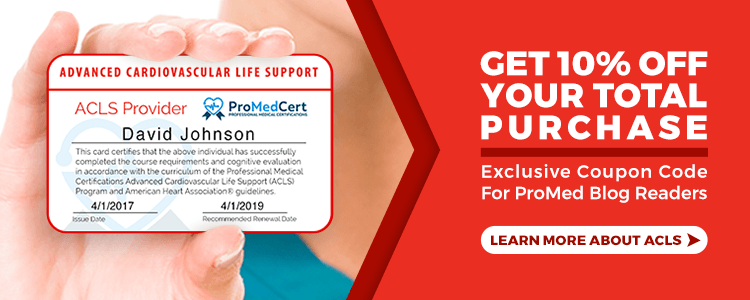The A to Z of Head-to-Toe Assessments
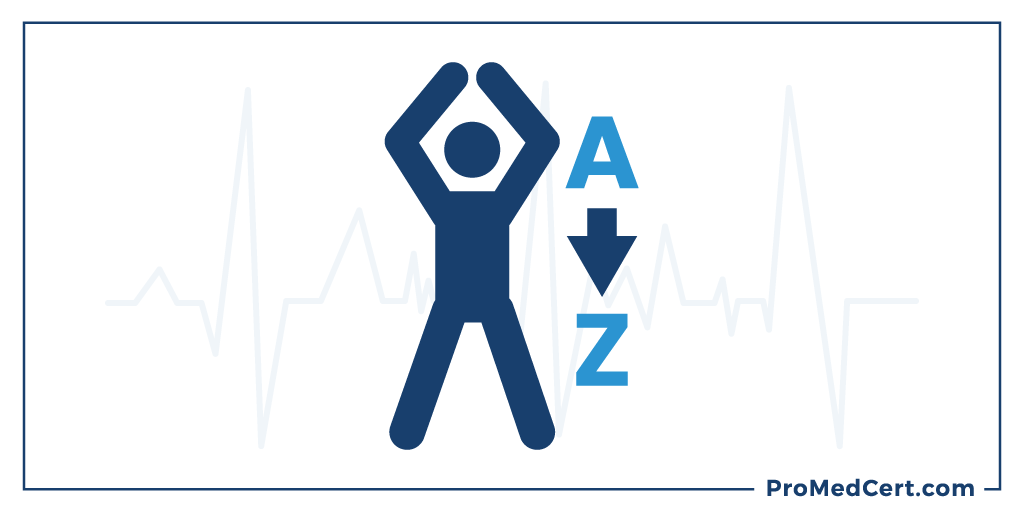
Working in the medical field requires a great amount of memorization and recall – a particularly challenging feat when you are faced with managing an emergency situation.
In these instances, every second does, indeed, count.
The ability to quickly and accurately determine a patient’s status ensures the proper care is delivered, which can dramatically improve the chances of survival.
That’s why head-to toe assessments are such a vital component of a nurse or EMT’s job.
These assessments extend beyond simply the physical aspects to include the emotion and mental state of the patient as well.
Additionally, the environmental and social issues that may be impacting the patient must also be taken into account.
All of these factors must be properly observed and the right questions must be asked, as necessary.
To follow is a step-by-step guide covering all the fundamentals of a head-to-toe assessment, including evaluation of the physical, emotional and mental aspects of the body systems.
1. Gather and prepare all of your necessary equipment.
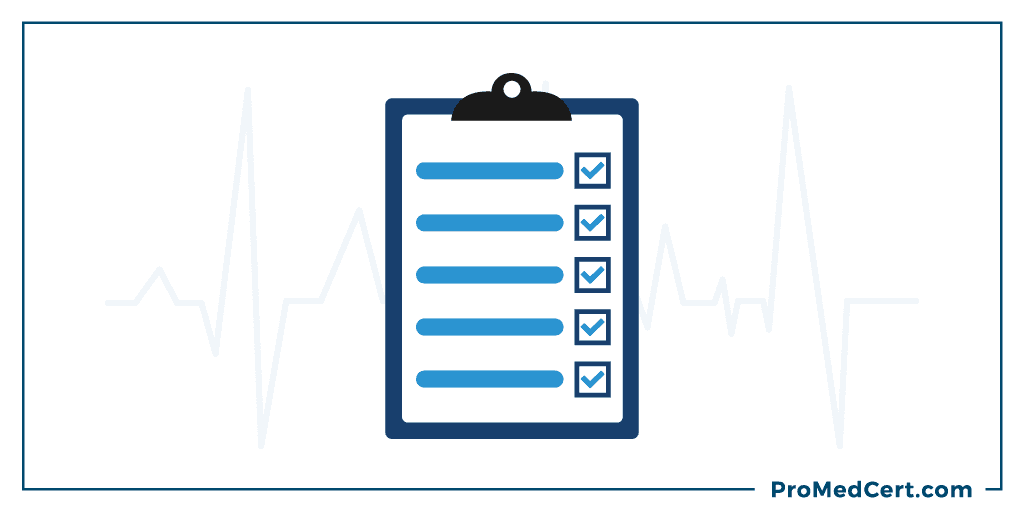
The basic tools and equipment you’ll need in order to perform a thorough head-to-toe assessment include the following:
• Gloves
• Stethoscope
• Thermometer
• Blood pressure cuff
• Penlight
• Watch with second hand
• Tape measure
• Pen
• Assessment forms or note paper
Additional equipment you may wish to have on hand for more comprehensive examinations would include, but not be limited to:
• Otoscope
• Ophthalmoscope
• Reflex hammer
2. Start with the fundamentals.
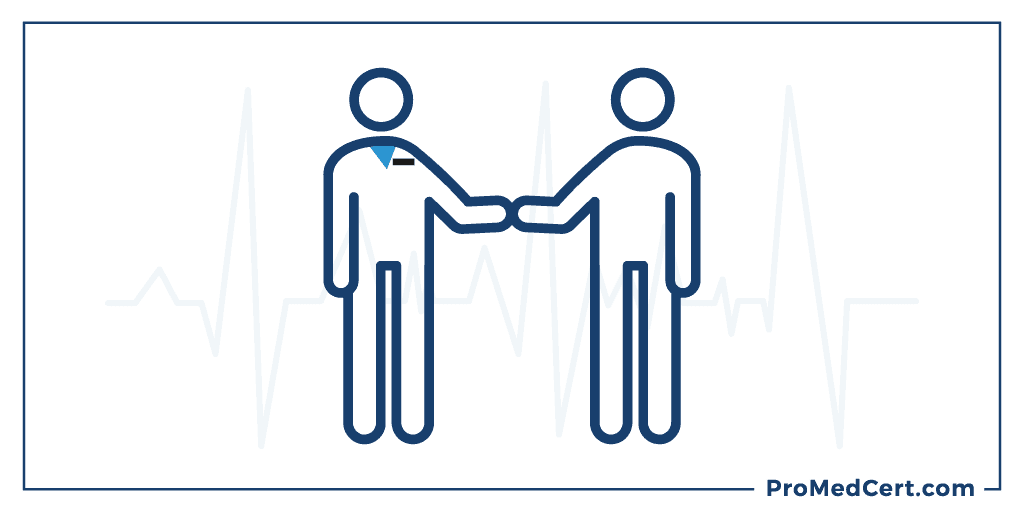
Wash your hands and/or put on gloves.
Greet and identify the patient and provide an explanation of what you will be doing.
Begin by assessing the five vital signs:
• Temperature
• Pulse
• Blood Pressure
• Respiration
• Pain
Ask how the patient is feeling and take a moment to observe the environment.
As you begin your assessment, watch for things such as non-verbal cues, mobility issues and ROM.
Keep in mind that when you are beginning an assessment, establishing a relationship of respect and trust with the patient is essential.
This will make performing the following several steps much easier and more comfortable for both parties.
3. Perform a HEENT/neuro check.
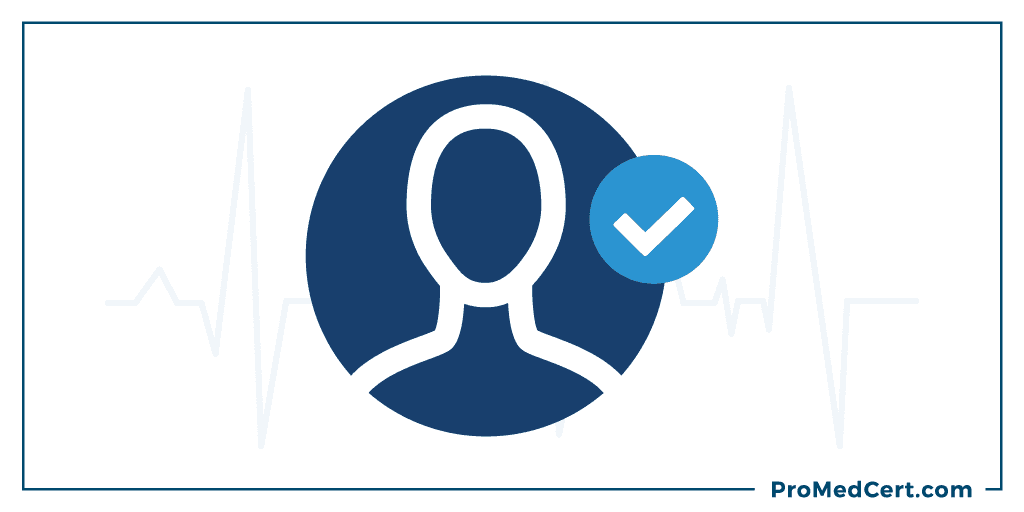
• Head – Assess the shape and symmetry as well as the condition of the hair and scalp.
• Eyes – Check the conjunctiva, sclera and pupils.
Verify reactivity to light and the ability to follow your finger or an object.
• Ears – Are there any hearing aids present?
Is the patient feeling any ear pain?
Speak in a whisper to see if the patient can hear and comprehend what you’re saying.
Turn away while doing so to prevent lip-reading.
• Nose – Assess congestion, drainage, any difficulty breathing or problems with the sense of smell.
• Throat and Mouth – Check the mucous membranes, teeth (or dentures), tongue, lymph nodes and any lesions.
Check for odor and assess ability to swallow.
4. Measure the patient’s level of consciousness and orientation.
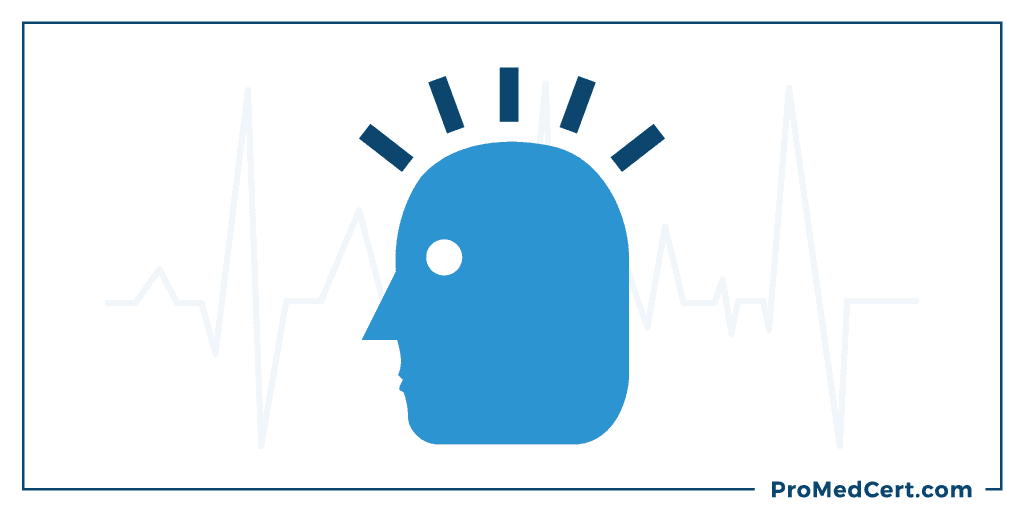
Is the patient awake and alert? Is he or she oriented to the following?
• Person- Knows his or her name
• Place - Can tell you where he or she is
• Time - Knows the day and date
• Purpose – Knows why he or she is being examined (or understands the function of something, such as your stethoscope or penlight)
5. Evaluate the patient’s skin.
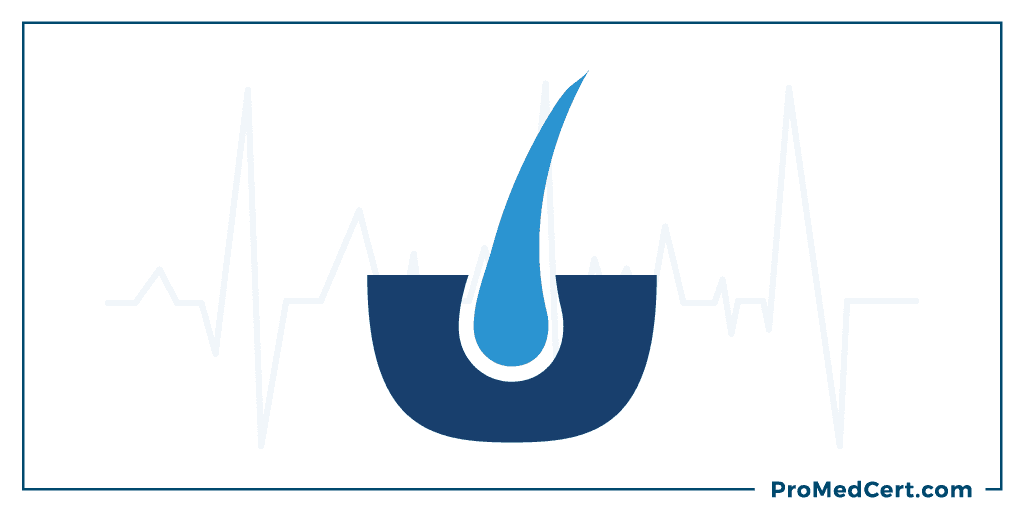
As you work your way through, examining all of the patient’s body systems, you should also make note of the status of the integumentary system.
In particular, look for the presence of any redness or irritation, breaks in the skin, wounds, lesions or scars.
You should also evaluate the color, temperature and moisture of the skin.
6. Assess the thoracic region.
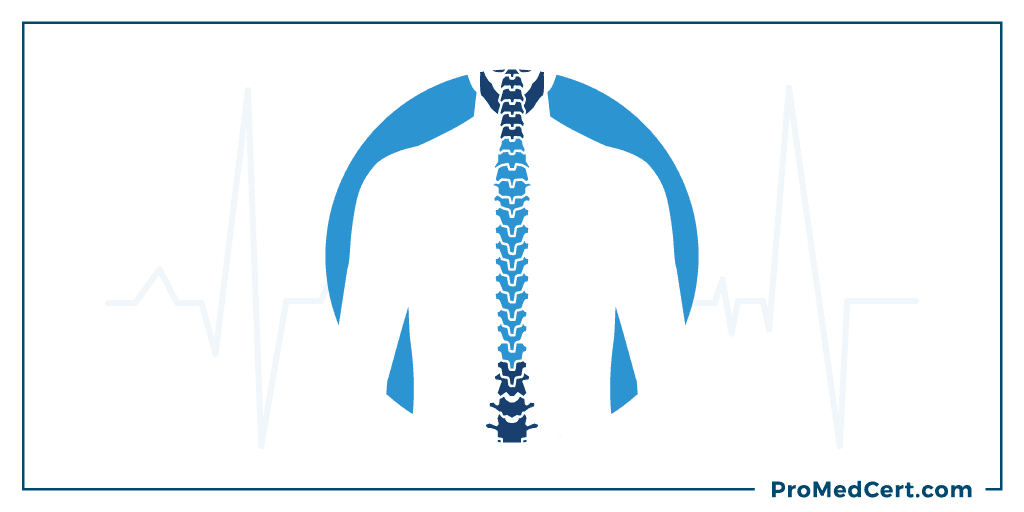
The next step in your head-to-toe patient assessment is to evaluate the lung and cardiac sounds, both from the front as well as the back.
Determine their character and quality.
Listen carefully for either the presence or absence of appropriate sounds.
Manually palpate the chest wall looking for any lumps or tenderness.
7. Perform an assessment of the abdomen.
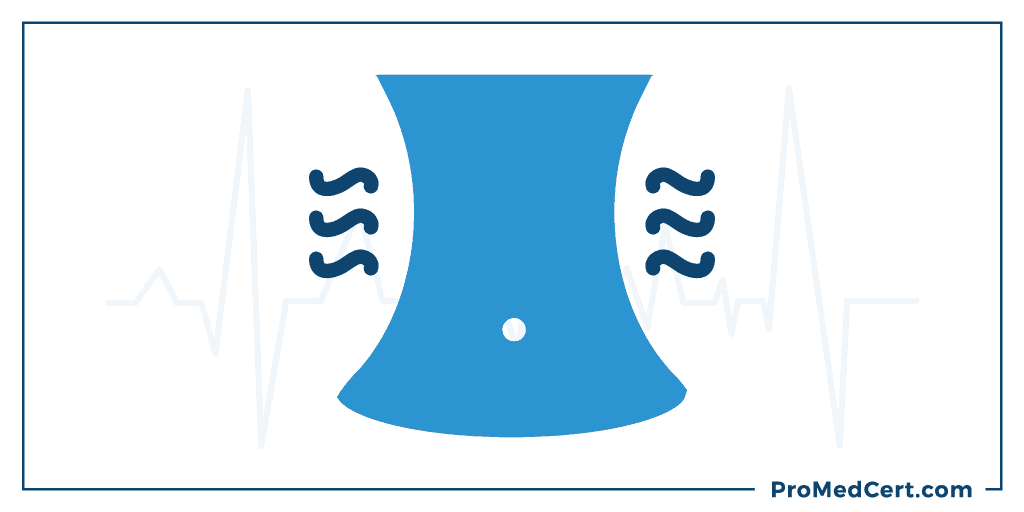
Evaluate the patient’s bowel sounds throughout all four quadrants.
Manually palpate the area looking for any lumps or tenderness.
You should also carefully palpate the patient’s bladder.
Ask about recent output of the bladder and bowels, as well as recent intake of drink or food.
Ask the patient about his or her recent appetite and whether there have been any changes.
You may also need to assess the genitalia to look for any tenderness or the existence of any lumps or lesions.
8. Check the patient’s extremities.
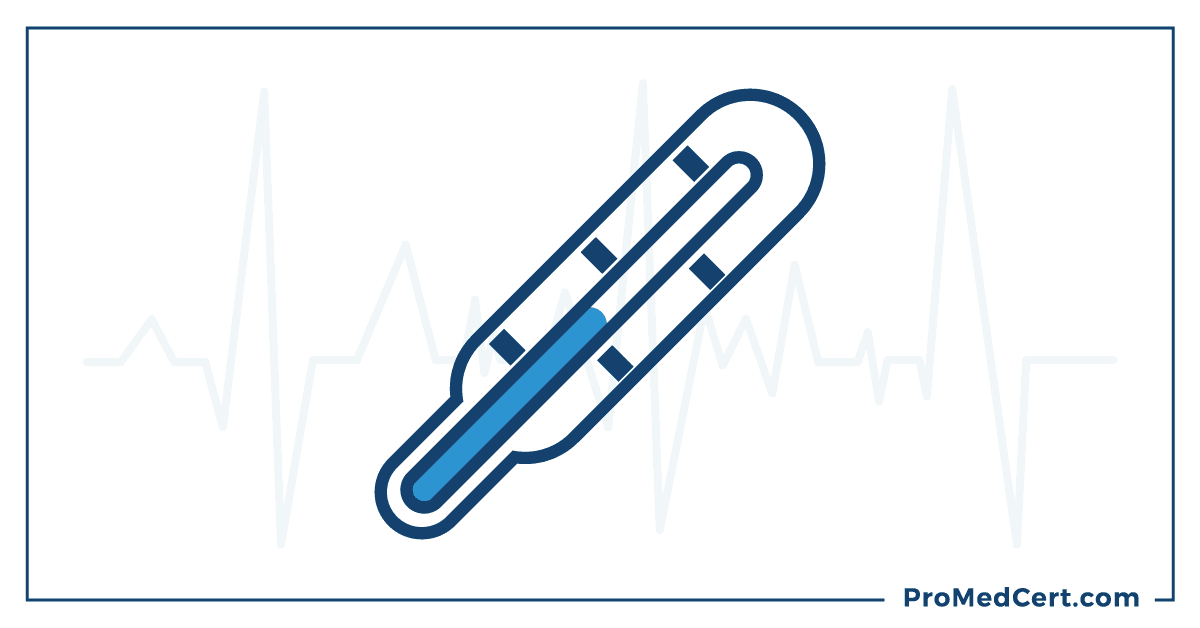
Assess the patient for temperature, ROM and capillary fill.
Palpate for pulses.
Take particular note of any lumps, lesions or edema found and/or any pain the patient says he or she is experiencing.
9. Move on to general questions.
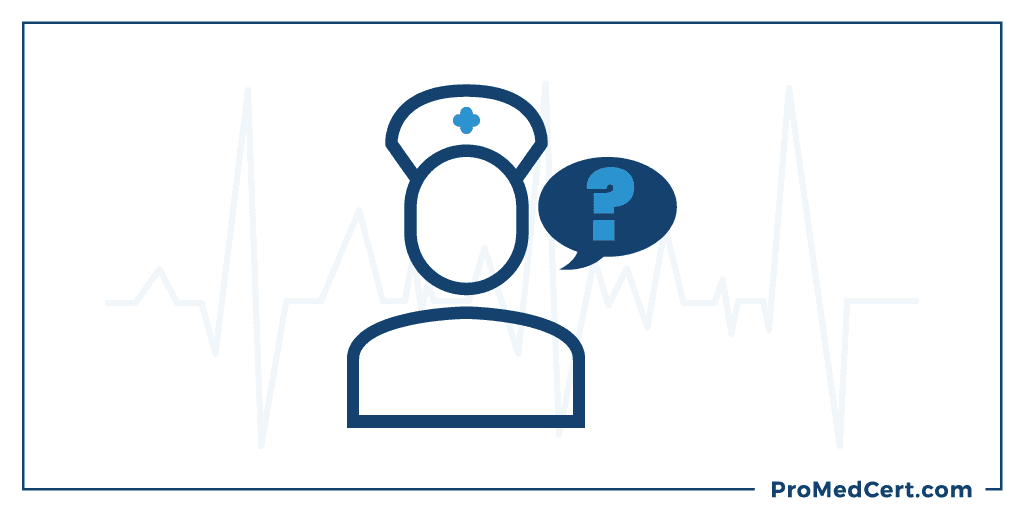
Once you’ve performed all of the above assessments, it’s time to start going through a list of general questions.
Ask the patient how he or she is feeling and whether anything has recently changed.
Find out if there has been any pain, burning, changes in bladder or bowel functions/habits as well as changes in sleeping patterns.
Ask about things like changes in appetite, cough, discharge from any orifices, depression, sadness or any other mood changes.
Invite and encourage the patient to share any additional information or changes in health that may not have been covered during your questioning.
10. Start wrapping things up.

When you’ve gathered all the information you need, it’s time to start wrapping up with the patient.
You should thank the patient, wash your hands again and then begin documenting your findings.
Any changes or concerns uncovered during your head-to-toe assessment should be reported and/or discussed with the primary care practitioner (or other relevant party).
One important point that we cannot stress enough is not being afraid to ask for help.
Confidence will most certainly grow with each and every successful assessment you complete, however, you should never feel uncomfortable reaching out to someone more seasoned than you when something doesn’t seem right based on your training and instincts.
Remember – it’s not about pride.
It’s about patient care, and at the end of the day, that’s all that matters.
For more tips, tricks and expert advice on this and other health care-related topics, be sure to bookmark our blog and check back frequently for fresh content.

